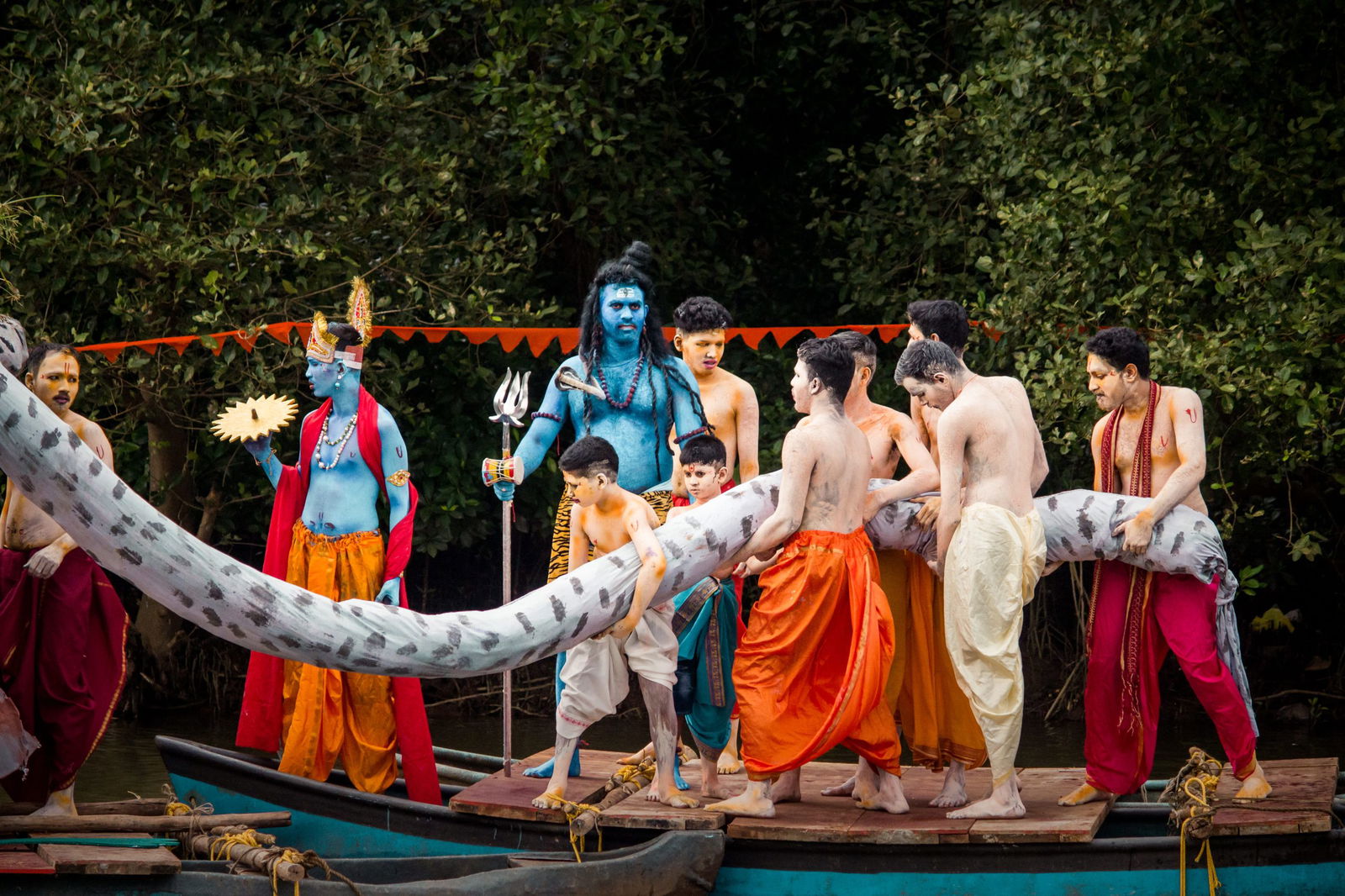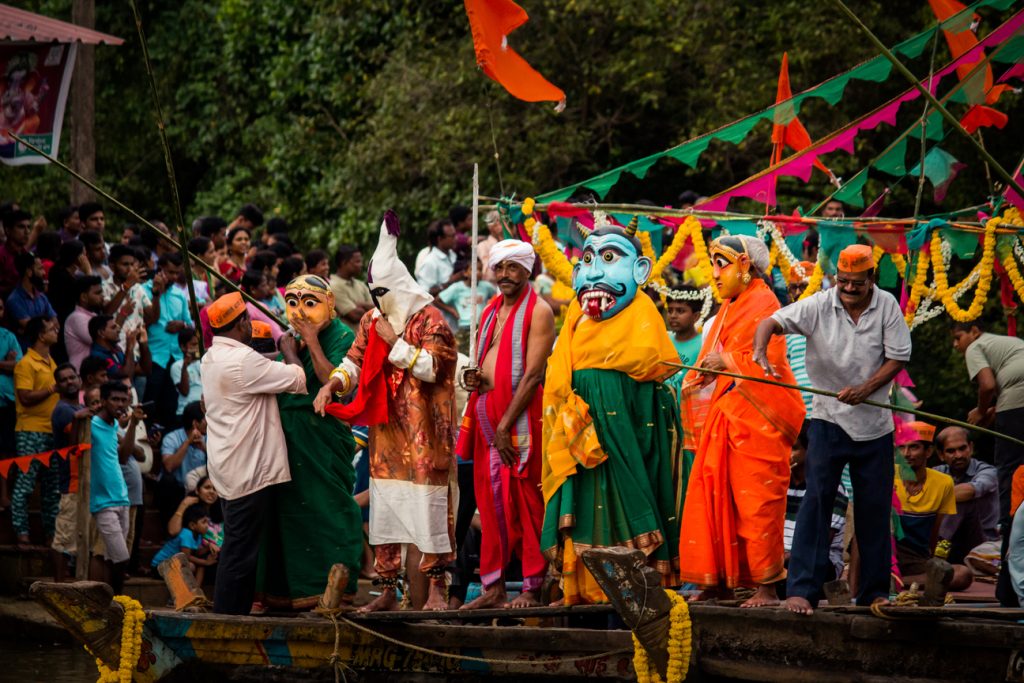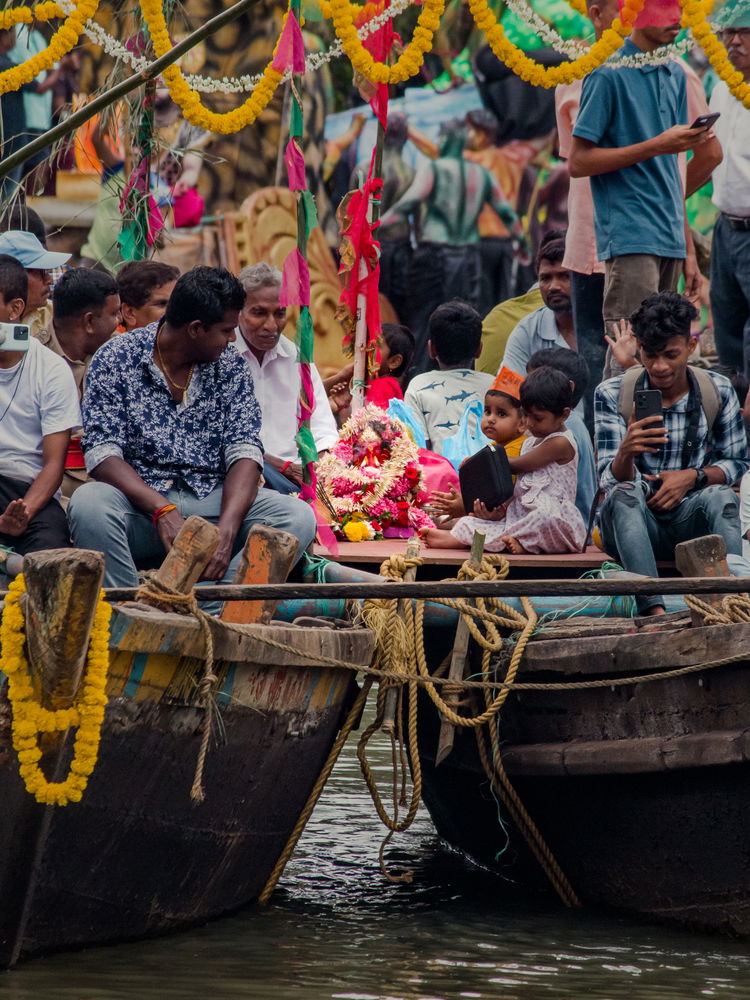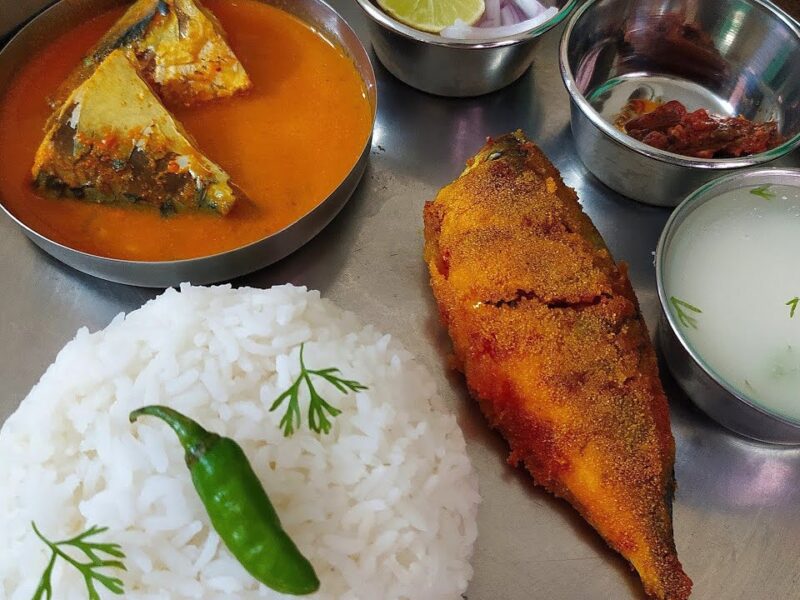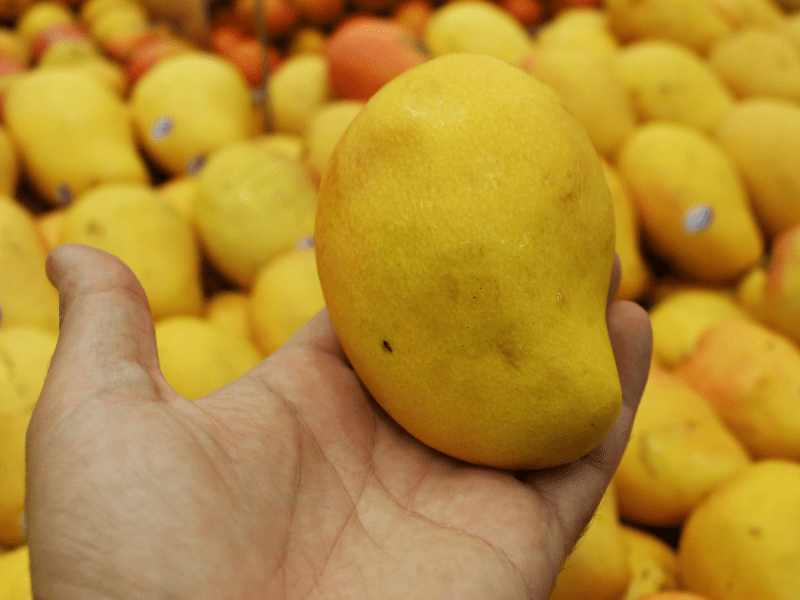Sangod, a local Goan monsoon festival takes place every year around the same time as Ganesh Chathurti. But, have you heard of it?
Every year on Ganesh Chaturthi, Goa erupts in a frenzy – putting together makhars, figuring out a menu and trying to limit the number of idols they bring home. Goans love celebrating this vibrant monsoon festival that brings them together in a space of warmth and joy. However, the entire state does not follow the same rituals throughout the festival.
The magic of the Goan monsoon festival – Sangod
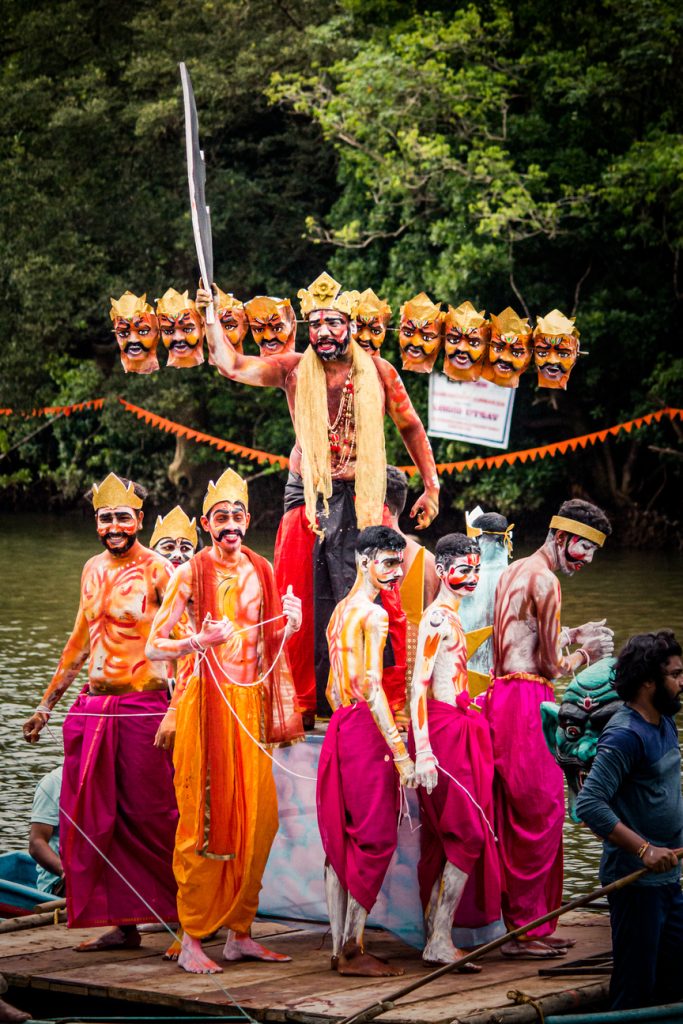
PC Eish Kakodkar
In a corner of Goa, the village of Cumbharjua has a unique tradition of its own. The Sangod Utsav is a Goan monsoon festival that takes place on the seventh day of Ganesh Chaturthi, following the immersion of Lord Ganesha. This unique Goan festival that is celebrated on the Cumbharjua Canal is dedicated entirely to the Goddess Shantadurga Cumbharjuvekarin. The villagers believe that this is the only way they can please their village Goddess.
The word “Sangod” is a Konkani word that refers to the boats used by villagers during the immersion of Ganesha idols. They are long canoes joined together in order to create a stable and spacious platform. According to the villagers, the tradition of Sangod is almost 600 years old and is religiously followed every year.
However, immersion of the idols is no regular event. The highlight of the Sangod festival is the fancy dress competition that takes place on these immersion boats. The boats serve as reliable platforms that allow performers to give their best without any fear. The villagers dress up as Gods or their other favourite characters and partake in a full-blown play. Their enthusiasm reflects through their costumes and dedication to the character they are playing, where even the tiniest details are taken care of. This floating carnival is accompanied by music and dances, at the end of which, the best dressed is announced as the winner.
Where do the origins of the Sangod festival lie?
It is believed that during the 15th century, the Vodekar family from Cumbharjua installed an idol of Lord Ganesha within the temple of Shantadurga Cumbharjuvekarin. They dearly worshipped Lord Ganesha and had to take this step during one Ganesh Chathurthi due to a financial crisis. On the day of the immersion, they used a canoe (voddem) to travel across the canal. While this could be one of the probable reasons for the origin of this versatile and unique Goan festival, no one will know for sure.
The residents of Cumbharjua also believe that the festival needs to be celebrated to save the village from Goddess Shantadurga’s wrath. Regardless, the Goan monsoon festival has now become a tradition wherein a Ganesh idol is placed within the temple and also the homes of the villagers.
More about this local Goan monsoon festival
While this version of Sangod is associated with the Goan Hindu festival of Ganesh Chaturthi, there is one celebrated by Goa’s kharvi community too. Goa’s fishermen, mainly from the villages of Sao Pedro, Candolim, Siolim, Ribandar and Agacaim dedicate this festival to Saint Peter. Every year on June 29th, canoes are tied together, decorated and decked with models of churches. Similar to the Sangod in Cumbharjua, this one witnesses music, dance performances, theatre, cosplay and singing.
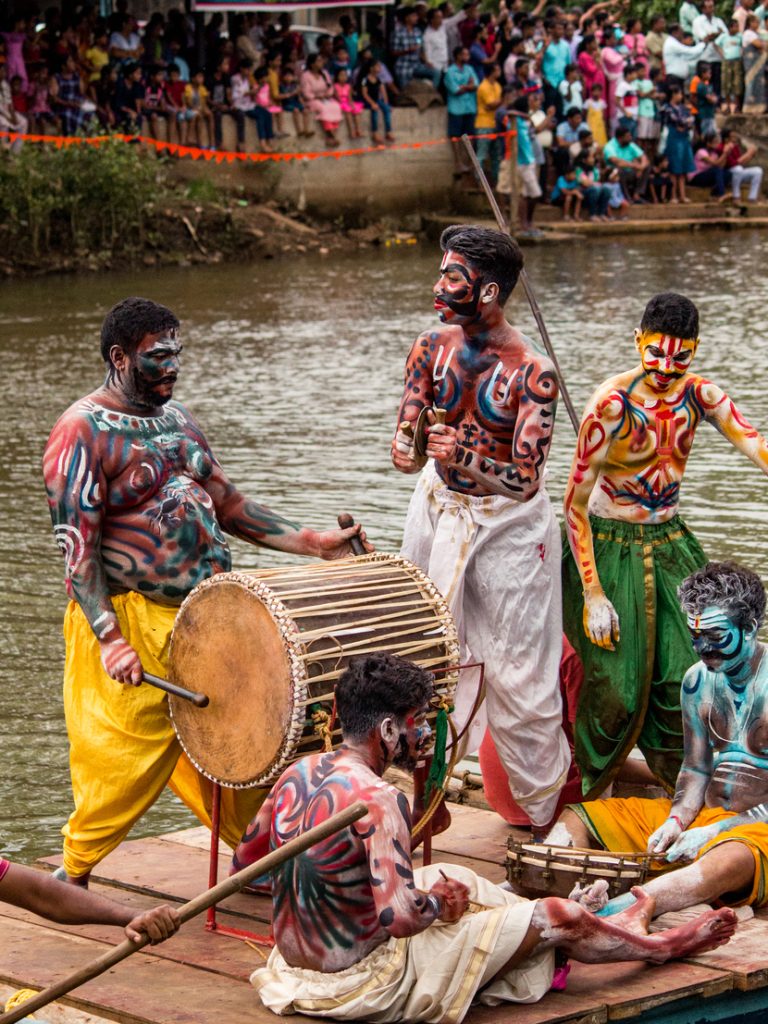
PC Eish Kakodkar
The villagers residing on the banks of the rivers attend this festival in huge numbers. They dedicate this festival to Saint Peter since he was the patron saint of the fishermen (and was a fisherman by profession). The church in Sao Pedro is the only church dedicated to Saint Peter in Goa. Apart from this, the fishermen of Ribander discard their nets and anchor their boats on the shore to fully engage themselves in the festivities. Each village retains the essence of this festival while changing it to incorporate its own beliefs.
Goa is a heritage-rich land with diverse cultures. Unique festivals such as the Sangod are celebrated by people of multiple faiths. However, the essence of celebration is never lost and everyone is welcome to partake in the festivities. This is what makes Goa special and continues to attract tourists in huge numbers.
Through the collective efforts of locals, tourism in Goa is witnessing a sustainable and insightful shift, one that introduces a diverse and inclusive culture to outsiders. One hopes that Goan monsoon festivals such as the Sangod Utsav continue to grow and thrive through the sands of time.
If this Goan monsoon festival fascinates you, read more about other festivals of Goa here.
